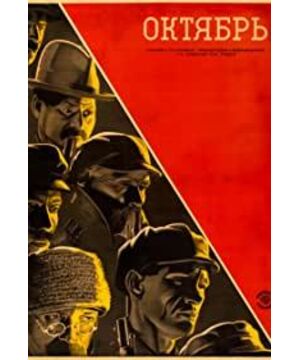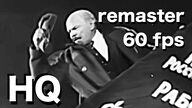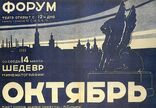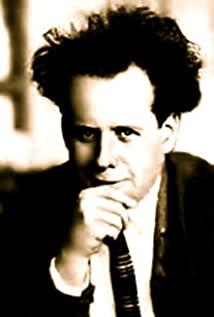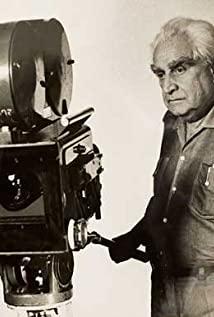The early Russian montage is very famous in the history of film, montage is divided into story montage and editing montage. One of the best and most famous is Eisenstein, whose masterpieces "Battleship Potemkin" and "October" are excellent examples.
As a filmmaker, Eisenstein hated the narrative mode of traditional feature films. His concept was to let the shots be assembled to achieve visual shock, so most of his editing was illogical. In my opinion, Eisenstein's films can be summed up as "macro logic and editing illogic". For reasons of personal preference, I also like this concept very much, and I don't like the proliferation of continuous dramas.
"October" uses illogical editing very subtly, splicing two unrelated images together in order to create contrast, analogy or symbolism. For example, the statue of Napoleon is used in the film to symbolize the dictatorship of the provisional government, and the statue of the tsar is used to symbolize the unpopular and unpopular people. The film combines several fragments to form a macro narrative, which pushes the film forward to the final result of the revolution. This editing method can be very shocking and interesting, but it requires scrutiny and is not suitable for ordinary people to watch.
When watching this type of film, you must let go of your stereotypes, and you can't ignore its other artistic achievements for the sake of the theme. Flying logical editing is a new film mode that breaks away from traditional continuous editing, and many art films have this feature. In the era of the proliferation of drama films, everyone is looking for novelty in narrative methods, but they have never broken away from tradition and opened their own new paths like Eisenstein.
In general, October's standout is the editing. To get a good understanding of Eisenstein's film, be sure to pay attention to each connected image, pause to imagine the connection between them.
View more about October (Ten Days that Shook the World) reviews


